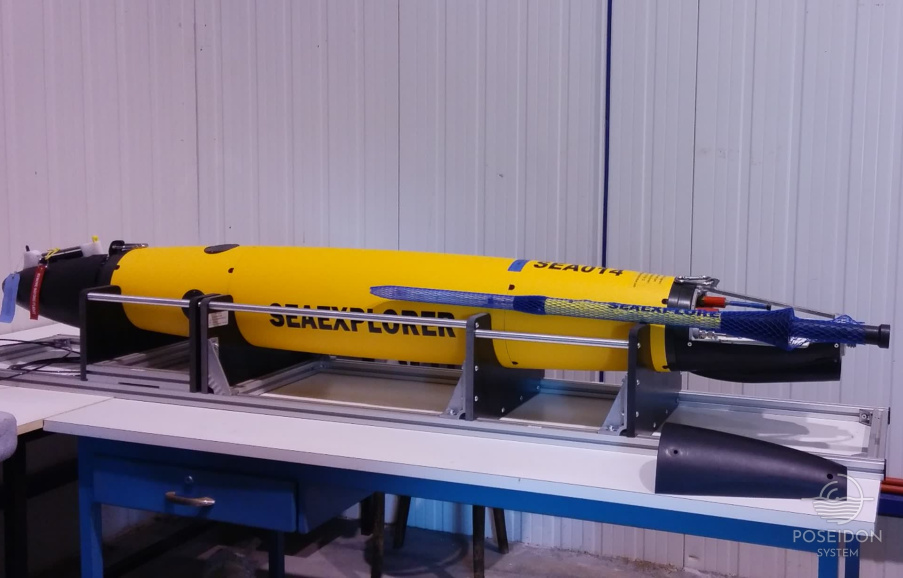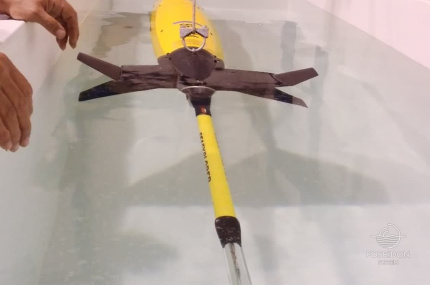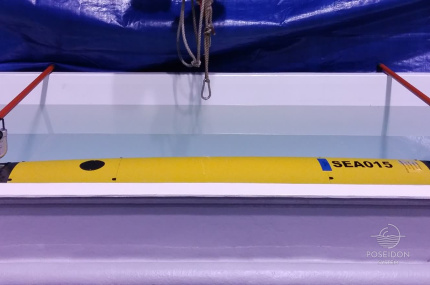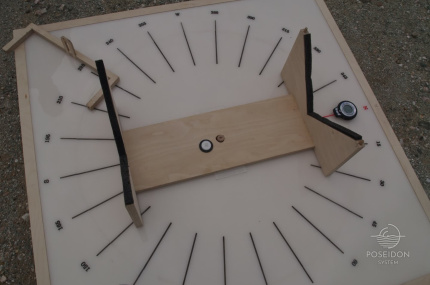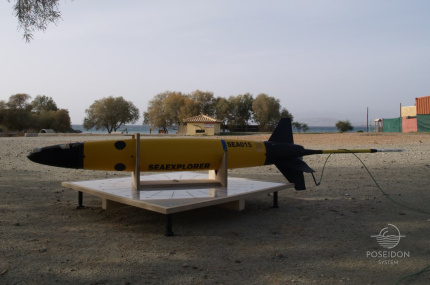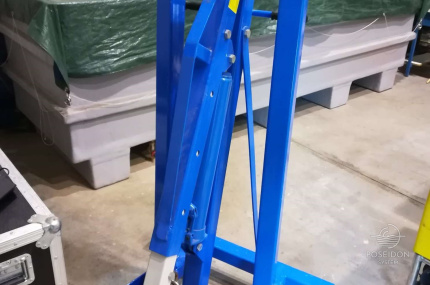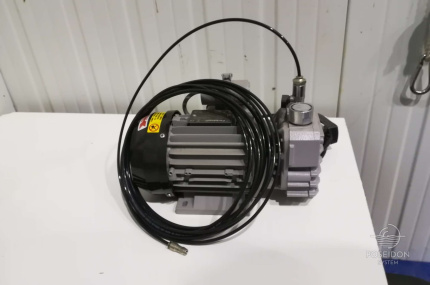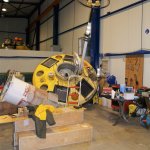Gliders Lab
The glider lab is the place where all the preparation procedures are carried out before every mission. Additionally, the maintenance and the repairs of the glider are also performed in the lab. It is equipped with all the necessary equipment and it is appropriately organized for the accomplishment of the abovementioned operations.
The preparation procedures mainly comprise:
A) The glider ballasting: During this procedure the ballast of the glider is tuned according to the local sea surface density of the region, where the mission will take place. The ballasting is performed in a tank containing fresh water (fig. 1, 2, 3). The correct ballasting can ensure a smooth and safe movement in the sea.
B) Compass calibration: During this procedure the internal compass of the glider is calibrated in order for the glider to be able to reliably follow the desirable trajectory. The calibration is usually conducted outside the lab, in a place free from objects that can interfere with the operation of the compass (e.g. objects made of metal). The calibration is performed using the calibration table (fig. 3, 4), which is exclusively made of nonmagnetic materials.
C) Stability test: During this procedure the stability of the glider in the water is checked. This procedure is performed in the ballasting tank.
The maintenance and repair operations mainly include:
A) Rinsing and cleaning of the glider after every mission.
B) Rinsing and cleaning of the sensors after every mission.
C) Repair or replacement of damaged or malfunctioning components.
The necessary for these operations equipment comprises the repair frame (fig. 5), the portable manual crane (fig. 6) for transferring and lifting the glider, and the vacuum pump (fig. 7) for the setting of the internal pressure of the glider (in the case that the glider needs to be disassembled and reassembled, as its internal pressure is below the atmospheric).



